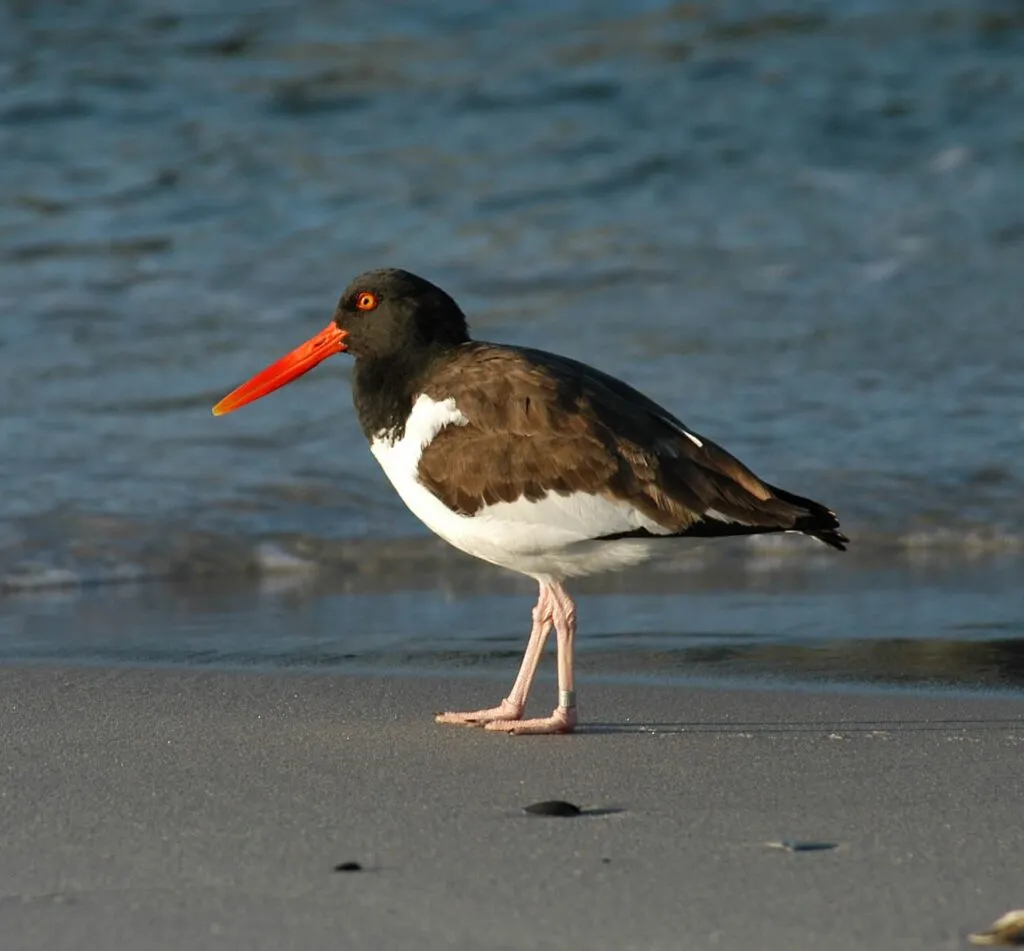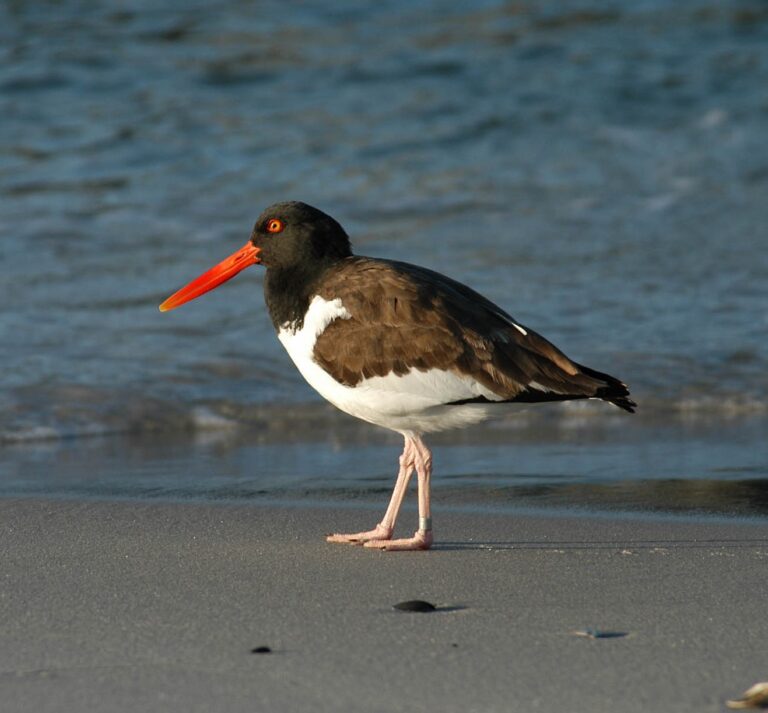Oystercatchers are one of the most recognisable seabirds with their distinctive ‘peep’ which can be heard around rocky, muddy shores and some inland bodies of water.
Oystercatchers can be identified by their black head, back and wings and white underside but their most identifiable feature is their long, orange-red bill and pinky-red legs.
Oystercatchers feed on mostly shellfish, utilising their strong, narrow bill to prise cockles, mussels and other shellfish open with. We see Oystercatchers around the coastline, where they typically choose to spend their time, however recently, they’ve also started to spend more time inland in the muddy marshes and lakes.
Share with a friend:

Despite being called Oystercatchers, they rarely eat oysters!

Book a boat trip at pretty much anytime in the year and have a chance of seeing the Oystercatchers around the coastline of Cornwall. A fun and safe way to see some amazing scenery and sealife. Our boat trips are a truly magical experience, especially with the amount of Cornish marine wildlife around our coastline.
Oystercatchers are medium-sized birds with distinctive black and white plumage and can often be seen running along the shoreline or wading in shallow water. There are several species of oystercatchers, but the most common in the UK is the Eurasian oystercatcher, which can be found along the coastlines of the British Isles.
No, Oystercatchers are seen commonly round the UK and one of the most recognisable bird species found along the UK coastline.
Yes, oystercatchers do eat oysters, but surprisingly only rarely, and prefer other shellfish such as mussels and cockles.
Oystercatchers can be territorial and will defend their nesting sites and young from potential threats, which can include other birds or animals that may come too close. They may vocalise loudly and use displays such as spreading their wings to intimidate potential threats but aren’t usually aggressive towards humans.
Yes. some Oystercatchers migrate, particularly those in Scotland and northern England are partially migratory, meaning that some individuals may migrate southward for the winter.
Yes, oystercatchers are protected in the UK under the Wildlife and Countryside Act 1981, which makes it illegal to intentionally kill, injure, or take oystercatchers, or to damage or destroy their nests or eggs without a license.
Padstow Sealife Safaris give you the chance to get up close and personal with these fascinating creatures. Depending on the time of year that you choose to visit, you’ll have the chance to see a number of different species.